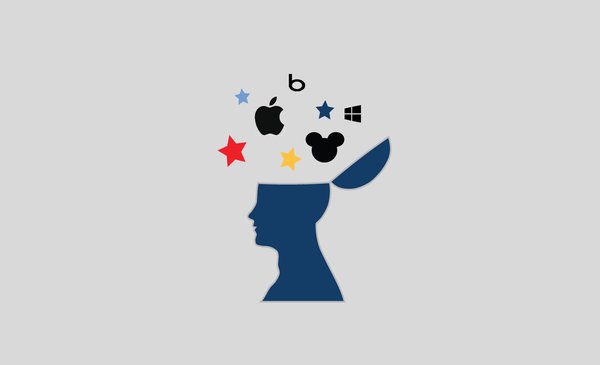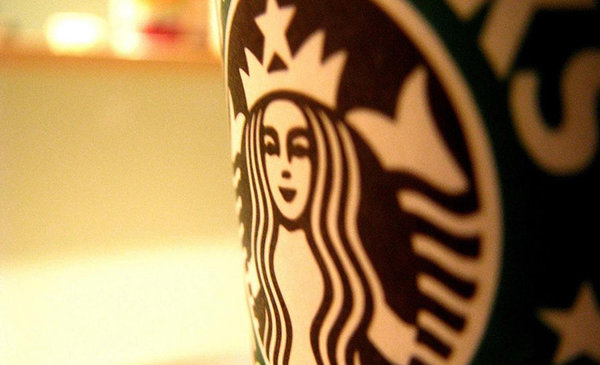
The pressure for brands to own unique value in the mind has never been greater for the simple reason; choice is the enemy of focus. A growing adversary, choice is the brand nemesis of our times.
For many brands the remedy of meaningful differentiation remains elusive. While we can point to several factors for this, high on the list is that the temptation to copy what works is just too great. As those brands slide into the past, they leave us with great context of the importance of brand differentiation. With no unique value, obscurity becomes a strategy.
We have explored this topic from many angles over the years to help brands break free from the pull of ‘me too’ strategies. Today we’re highlighting nine insights that will help you think through and discover the meaningful point(s) of difference your brand can represent.
1. Is Brand Differentiation Still Possible?
There’s a shift of focus: from big picture, broad brush disruptive market plays to a new era of personalized, specific, individualized small plays. In the new world of the quantified self and the emerging Internet Of Everything, brand differentiation today is really about what a brand does for “me” not how it revolutionizes whole swathes of a sector.
2. Either A Brand Is Different Or It Is Dead
In today’s world, everyone is searching for the same best practice. Everyone benchmarks against each other. And everyone optimizes their communications plans. Everyone is copying each other. And so their brands are becoming clones.
3. The Brand Differentiation Mandate
Choosing among multiple options is always based on differences, implicit or explicit. Psychologists point out that vividly differentiated differences that are anchored to a product can enhance memory because they can be appreciated intellectually. In other words, if you’re advertising a product, you ought to give the consumer a reason to choose that product.
4. The End Of The Unique Selling Proposition
Brands need to fashion their products round their viewpoints rather than looking to drive preference around their features. And that’s led me to wonder whether, as strategists, our goal is no longer to position brands in relation to function but rather to platform brands as promoters of a worldview, even a world change. In essence, to ditch the Unique Selling Proposition in favor of the Unique Brand Perspective – an outlook on the world, and a hope for the future, that drives everything the brand does.
5. Sameness Strategy Threatens Brands
Our gut instinct as marketers is to go with what is working, because everything in the corporate rewards system is geared towards that: lack of risk appetite; the quest for short term results; even performance incentives. The irony for brands of course is that the more you embrace what works for others, the less likely those ideas are going to work for you.
6. Seven Strategies To Create New Business Categories
Brand managers know how difficult it can be to create brand differentiation within an existing category. In mature markets, every market position has already been taken. True breakthroughs come only from creating entirely new categories, highly compelling new categories.
7. Fifty Ways To Differentiate Your Brand
To be different is to be not the same. To be unique is to be one of a kind. Differentiated brands win. Here are 50 ways they do it.
8. Differentiate Or Die: More Than Words
Brands today must figure out how to use their difference to counter a competitive challenge rather than loose focus.
9. Achieving Brand Differentiation
Every brand should strive to achieve brand differentiation. If properly designed, brands will promise relevant differentiated benefits to their target customers. Carefully choosing the most powerful benefits will not only result in brand preference, but brand insistence. That is, the brand will be perceived to be the only viable solution for the customer’s need. Put another way, the customer will not pursue substitutes if the brand is not available. The brand establishes a consideration set of one.
The Blake Project Can Help: Differentiate Based On Your Brands Emotional Connections
Branding Strategy Insider is a service of The Blake Project: A strategic brand consultancy specializing in Brand Research, Brand Strategy, Brand Licensing and Brand Education
FREE Publications And Resources For Marketers















